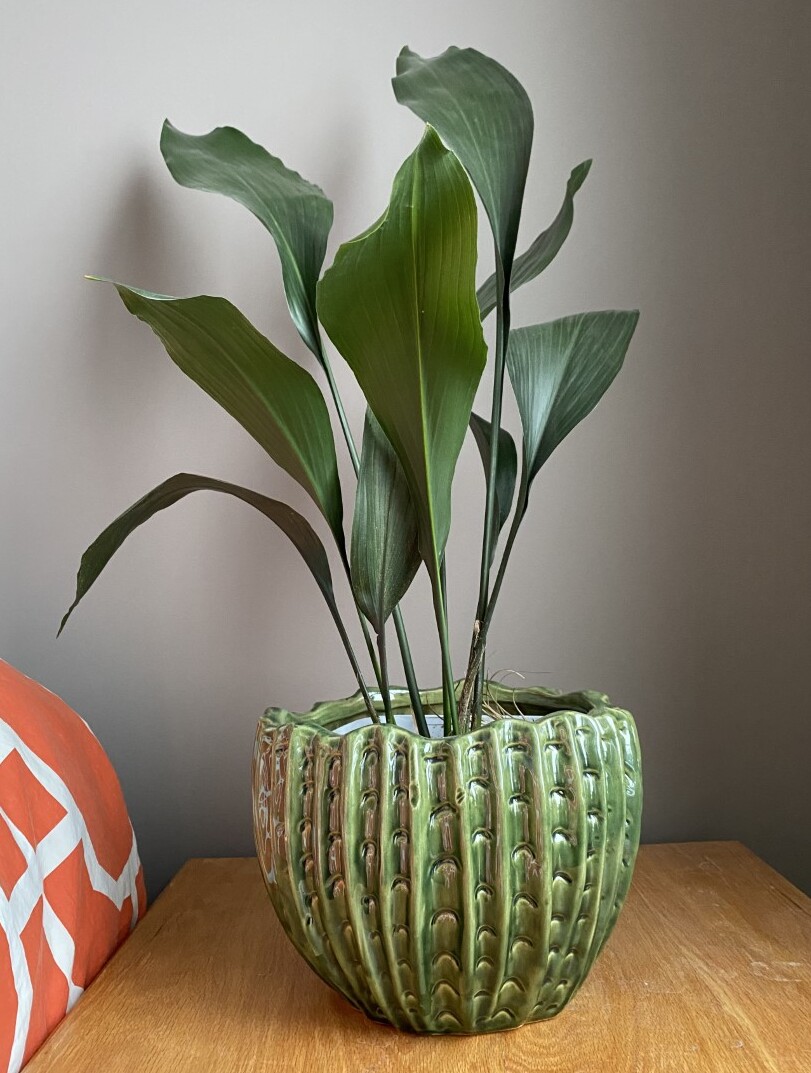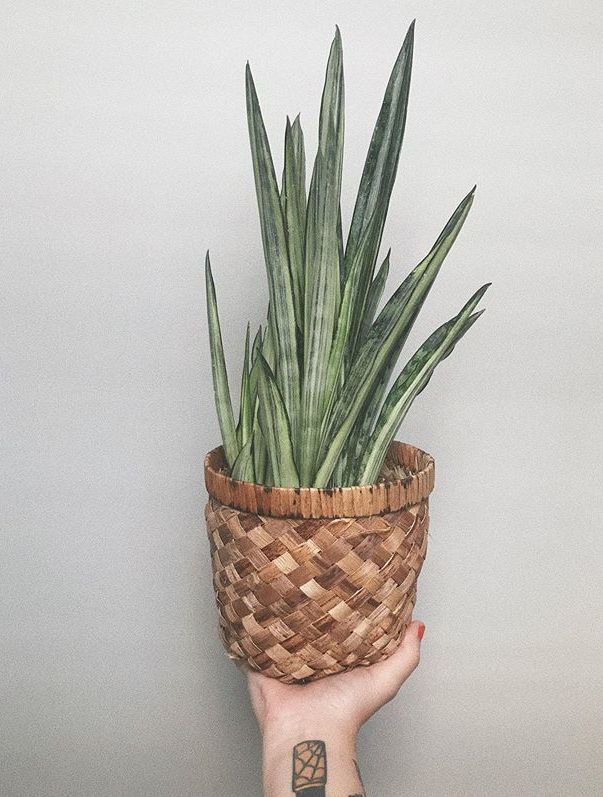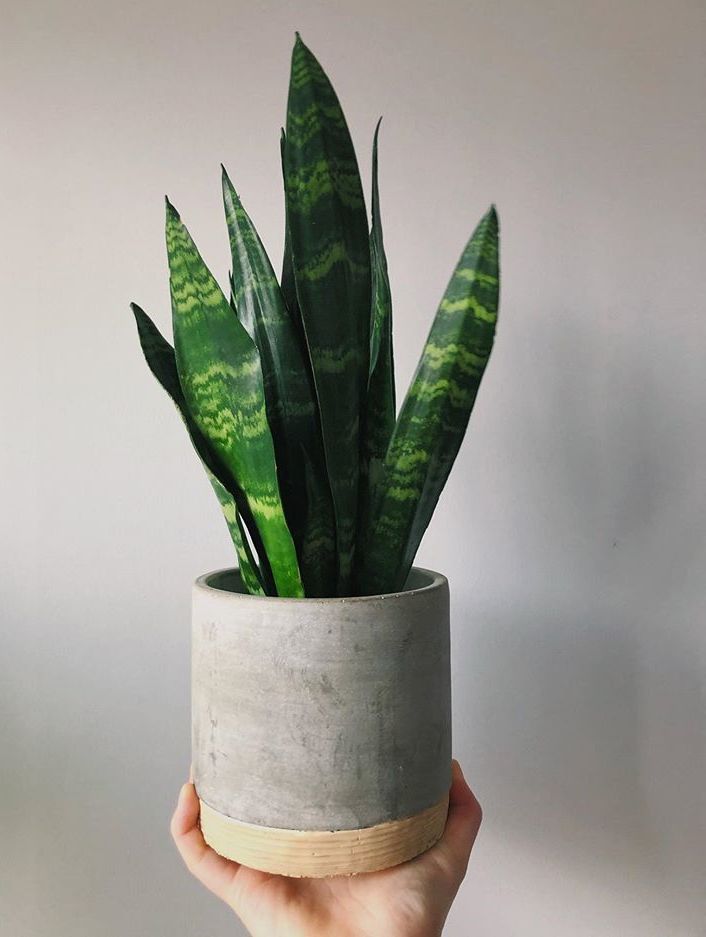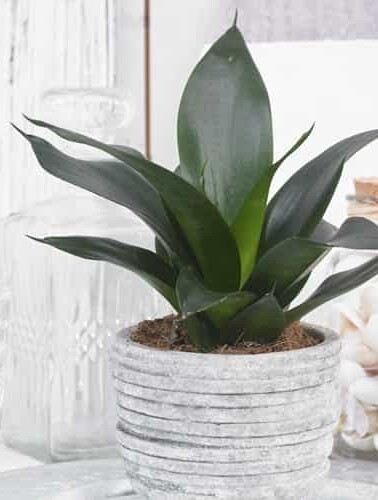Sansevieria Trifasciata Cylindrica is a succulent plant native to Africa that in its natural habitat is used to receiving lots of direct sunlight and surviving without water.
Sansevieria Trifasciata Cylindrica
- Sansevieria Trifasciata Cylindrica characteristics Thrives in low lightBig leavesTall plant. ~47.2"Good for bedroomGood for living room
Become a green thumb!

Stop suffering for your plants when you're not at home
Easy tips, adaptable systems, and detailed guides for taking care of your plants in your absence.
Sellers
Trusty stores handpicked by us

From $24.95
Know more about Sansevieria Trifasciata Cylindrica
Sansevierias thrive in low light conditions and are drought-tolerant, making it a recommended plant for beginners or travelers that fits every house and that is recommended for bedrooms, living rooms or offices because it is an air purifier plant
Sansevieria Cylindrica has smooth, greenish-gray striped sub-cylindrical leaves that can grow up to 2 meters. The most common reason for the death of a snake plant is excessive watering.
Snake plants are slightly toxic if swallowed, so keep it far from cats, dogs, and children.
Key tips for successful care
- Living rooms and bedrooms are good spots to place your Sansevieria because it removes air toxins.
- Sansevierias are mildly toxic if ingested, so put it away from cats, dogs and children.
- If the leaves are drooping it's because you're over-watering it, let it dry for a while and it will recover.
- Sansevieria Trifasciata usually dies because of over-watering. Don't do it.
Sansevieria Trifasciata Cylindrica care guide
Sansevieria Cylindrica likes bright light and can stand plenty of direct sunlight. They thrive in low light conditions even though their growth is slowed substantially.
Sansevieria plants have more vibrant colors if they are placed in bright spots.
The Snake Plant requires little water to survive. You should only water it when the soil in the pot is completely dry because this plant is drought-tolerant.
Check every two weeks by raising the plant. If it's heavy, give it a week more. If it's light, check it by sticking a wooden stick into the soil to see how wet it is.
Sansevieria Trifasciata Cylindrica tolerates dry air, but keep it away from air vents or drafts. An average room humidity is enough to keep this plant happy.
If you have to increase the humidity because of other plants, it won't be a problem.
Snake Plants don't need too much fertilizer because is a light feeder, so too much fertilizer makes the leaves fall over.
Feed your Snake Plant Cylindrica once a month during summer with a slow fertilizer.
Video tutorials of Sansevieria Cylindrica care and tips
The video tutorials might not be about the same exact plant, but a plant of the same family, which have the same requirements.
Plants you may like
See allIf you like the look of the Sansevieria Trifasciata Cylindrica, you might fall in love with the following plants as well.




